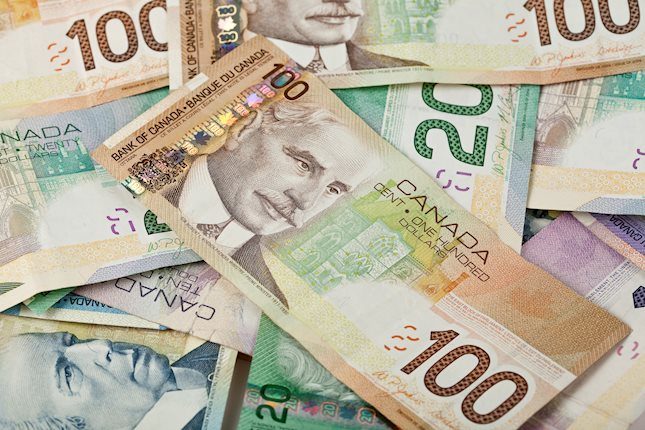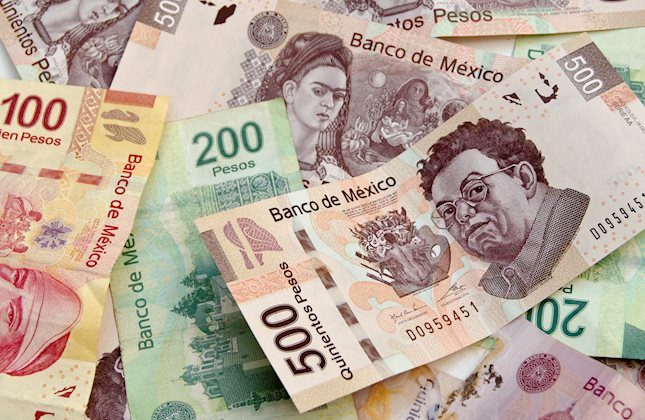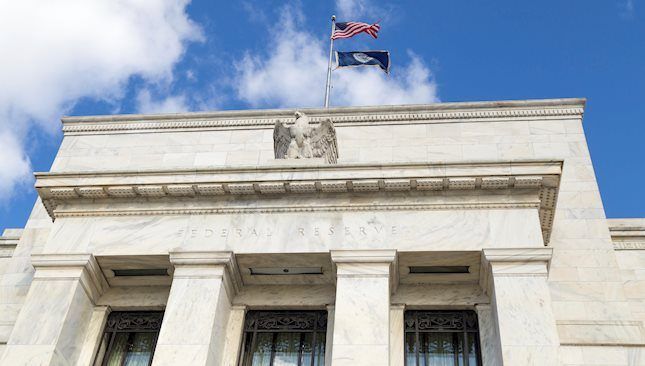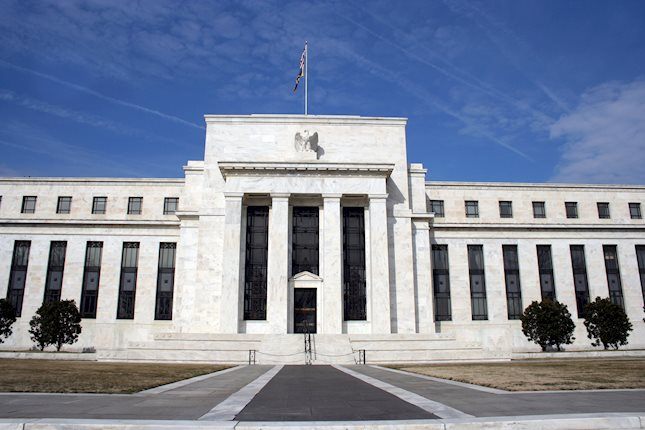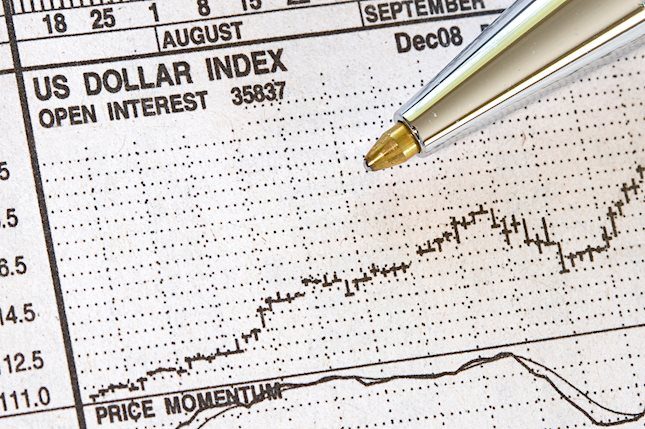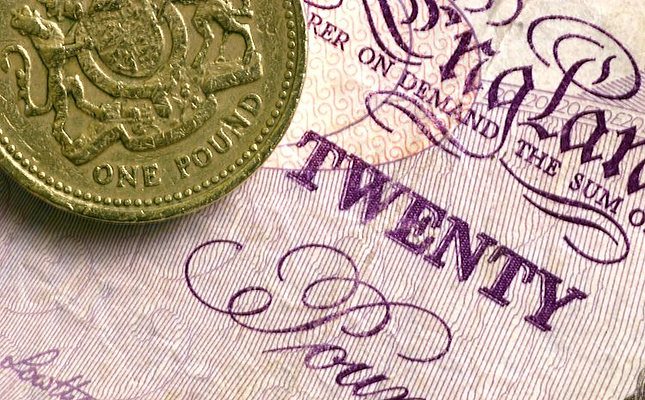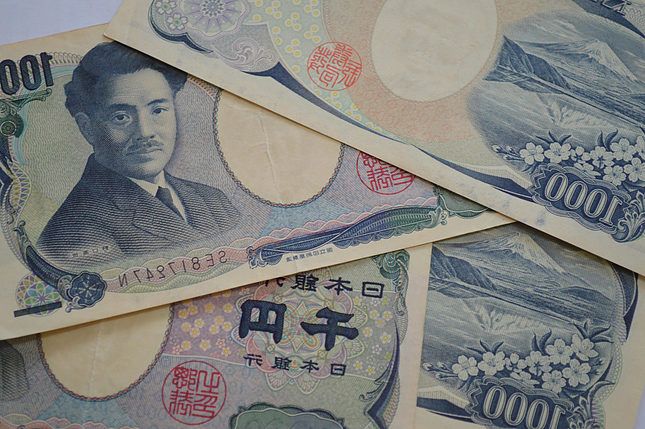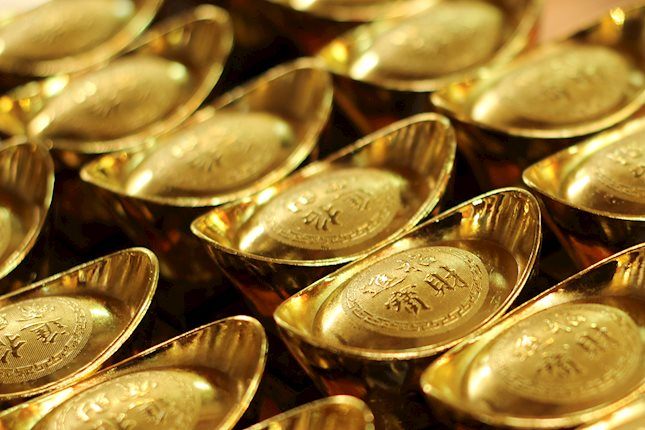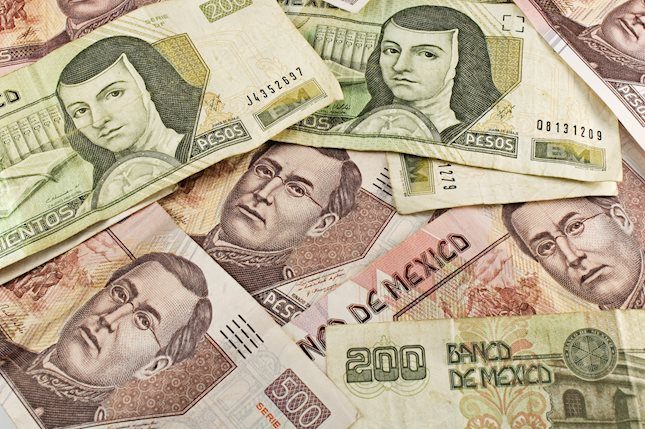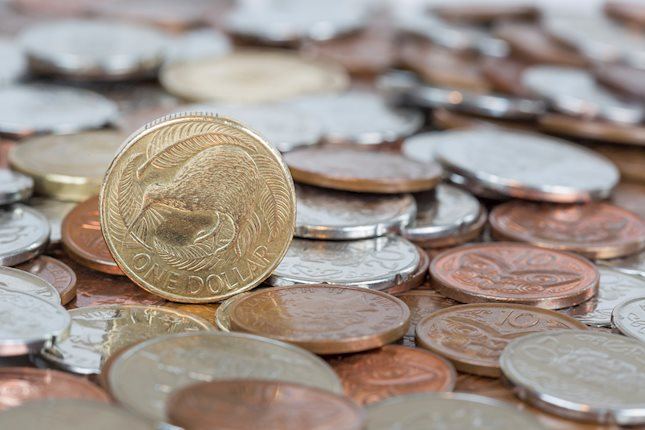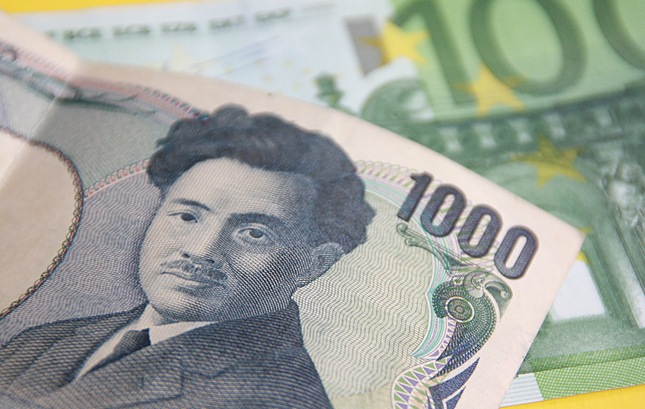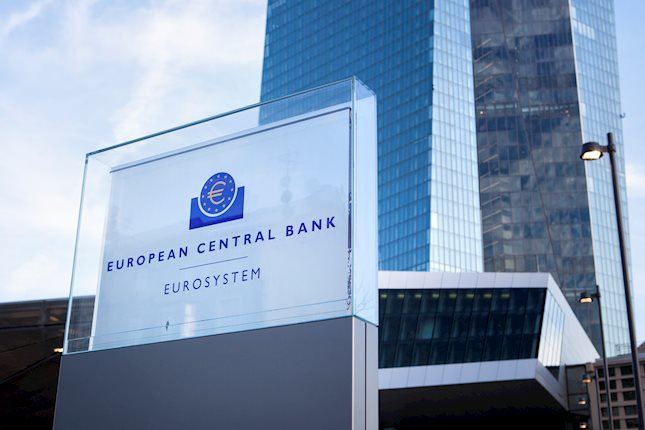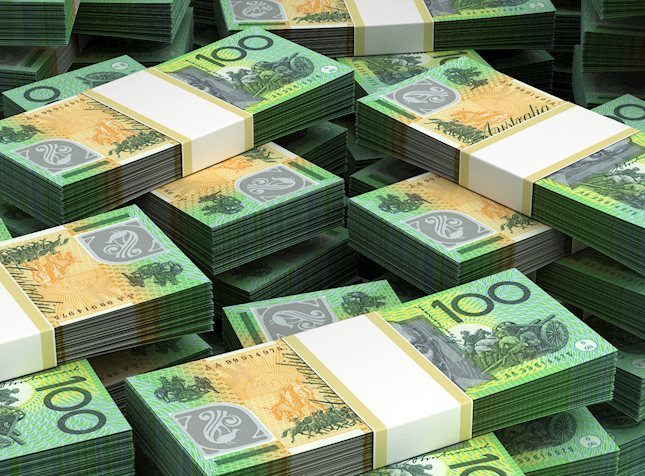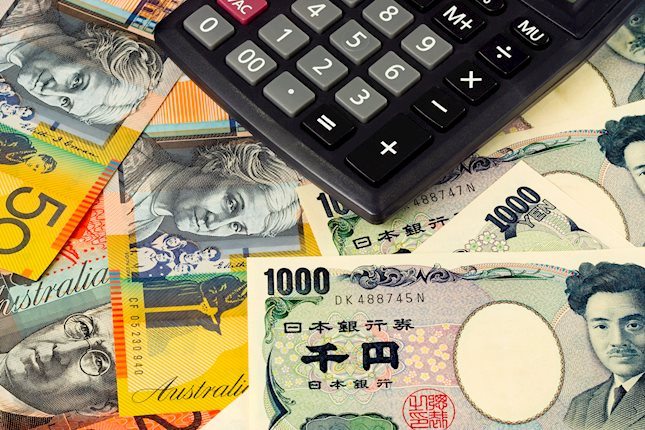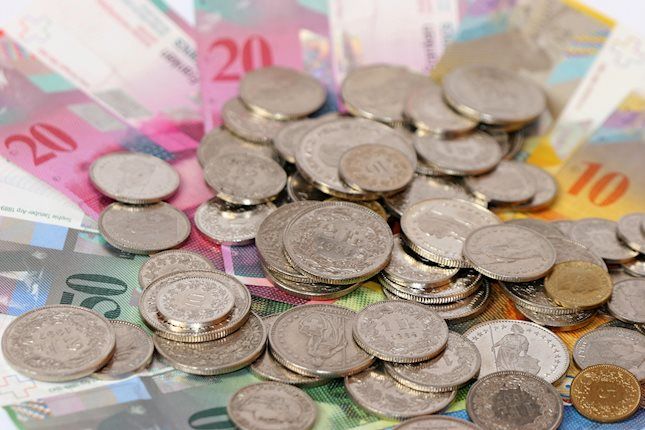US Dollar at session's high in PCE aftermath
- The US Dollar in the green against most major currencies on Friday.
- Traders are having it difficult to value the next directional move for the US Dollar.
- The US Dollar Index tests the downtrend pattern and could snap it should PCE overshoot expectations.
The US Dollar (USD) is trading stronger in the run up to the last bit of economic data for this week, after it was all over the place on Thursday after the release of the preliminary US Gross Domestic Product (GDP) for the first quarter. The USD first jumped on the high Personal Consumption Expenditure (PCE) numbers in that release with the idea that initial interest-rate cuts will take even longer to occur, with probabilities for December briefly overtaking September. As the dust settled, markets took all figures into account and saw it as a stagflationary play, with equities shooting higher and weighting on the USD as rate cuts could still be on the table for 2024 and discarding earlier rumours of a possible rate hike.
On the economic data front, the US Federal Reserve’s (Fed) preferred inflation gauge got released. The Personal Consumption Expenditure (PCE) Price Index did not hold any firm surprises besided that Personal Income and Spending. People are still spending and that means that inflation will not go away quietly, outlining a longer steady rate path, which should support a stronger US Dollar.
Daily digest market movers: Expectations build up
- Overnight, the Bank of Japan (BoJ) kept its interest rates unchanged, triggering USD/JPY to hit 156.80.
- A volatile move occured in USD/JPY pair in European trading hours, sending the pair to 155.00 before fully erasing the move and trading back at 156.75 where it was before the correction occured, with markets questioning if there was an intervention by the Japanese Ministry of Finance or by the Bank of Japan.
- At 12:30 GMT, the Personal Consumption Expenditures (PCE) data for March was released:
- Both monthly headline and core PCE were unchanged at 0.3%.
- Yearly headline PCE went from 2.5% to 2.7%.
- Yearly core PCE was unchanged at 2.8%.
- Monthly Personal Income did rise to 0.5% from 0.3%.
- Monthly Personal Spending was unchanged at 0.8%.
- At 14:00 GMT, the last data element to close off this week were released with the University of Michigan final data for April:
- Consumer Sentiment went from 77.9 to 77.2..
- Five-year consumer inflation expectations remained cemented at 3%.
- Equities are overall in the green on the back of that Bank of Japan rate decision. Across the board from Asia, over Europe to the US futures, all major indices are trading with gains.
- The CME Fedwatch Tool suggests there is an 88.5% probability that June will still see no change to the Federal Reserve's feds fund rate. Odds of a rate cut in July are out of the cards, while for September the tool shows a 44.6% chance that rates will be lower than current levels.
- The benchmark 10-year US Treasury Note trades around 4.68% and keeps lingering around this level.
US Dollar Index Technical Analysis: Easy ahead
The US Dollar Index (DXY) continues its bearish pattern and looks almost inevitable to close the week in the red. The big question is which cycle the US economy is in, as clearly that exceptionalism label is coming off. Stagflation would be the worst possible scenario for the Fed, being unable to cut interest rates with elevated inflation while US performance is deteriorating.
On the upside, 105.88 (a pivotal level since March 2023) needs to be recovered again before targeting the April 16 high at 106.52. Further up and above the 107.00 round level, the DXY index could meet resistance at 107.35, the October 3 high.
On the downside, 105.12 and 104.60 should act as support ahead of the 55-day and the 200-day Simple Moving Averages (SMAs) at 104.40 and 104.10, respectively. If those levels are unable to hold, the 100-day SMA near 103.70 is the next best candidate.
Fed FAQs
Monetary policy in the US is shaped by the Federal Reserve (Fed). The Fed has two mandates: to achieve price stability and foster full employment. Its primary tool to achieve these goals is by adjusting interest rates. When prices are rising too quickly and inflation is above the Fed’s 2% target, it raises interest rates, increasing borrowing costs throughout the economy. This results in a stronger US Dollar (USD) as it makes the US a more attractive place for international investors to park their money. When inflation falls below 2% or the Unemployment Rate is too high, the Fed may lower interest rates to encourage borrowing, which weighs on the Greenback.
The Federal Reserve (Fed) holds eight policy meetings a year, where the Federal Open Market Committee (FOMC) assesses economic conditions and makes monetary policy decisions. The FOMC is attended by twelve Fed officials – the seven members of the Board of Governors, the president of the Federal Reserve Bank of New York, and four of the remaining eleven regional Reserve Bank presidents, who serve one-year terms on a rotating basis.
In extreme situations, the Federal Reserve may resort to a policy named Quantitative Easing (QE). QE is the process by which the Fed substantially increases the flow of credit in a stuck financial system. It is a non-standard policy measure used during crises or when inflation is extremely low. It was the Fed’s weapon of choice during the Great Financial Crisis in 2008. It involves the Fed printing more Dollars and using them to buy high grade bonds from financial institutions. QE usually weakens the US Dollar.
Quantitative tightening (QT) is the reverse process of QE, whereby the Federal Reserve stops buying bonds from financial institutions and does not reinvest the principal from the bonds it holds maturing, to purchase new bonds. It is usually positive for the value of the US Dollar.
Forex News
Keep up with the financial markets, know what's happening and what is affecting the markets with our latest market updates. Analyze market movers, trends and build your trading strategies accordingly.

